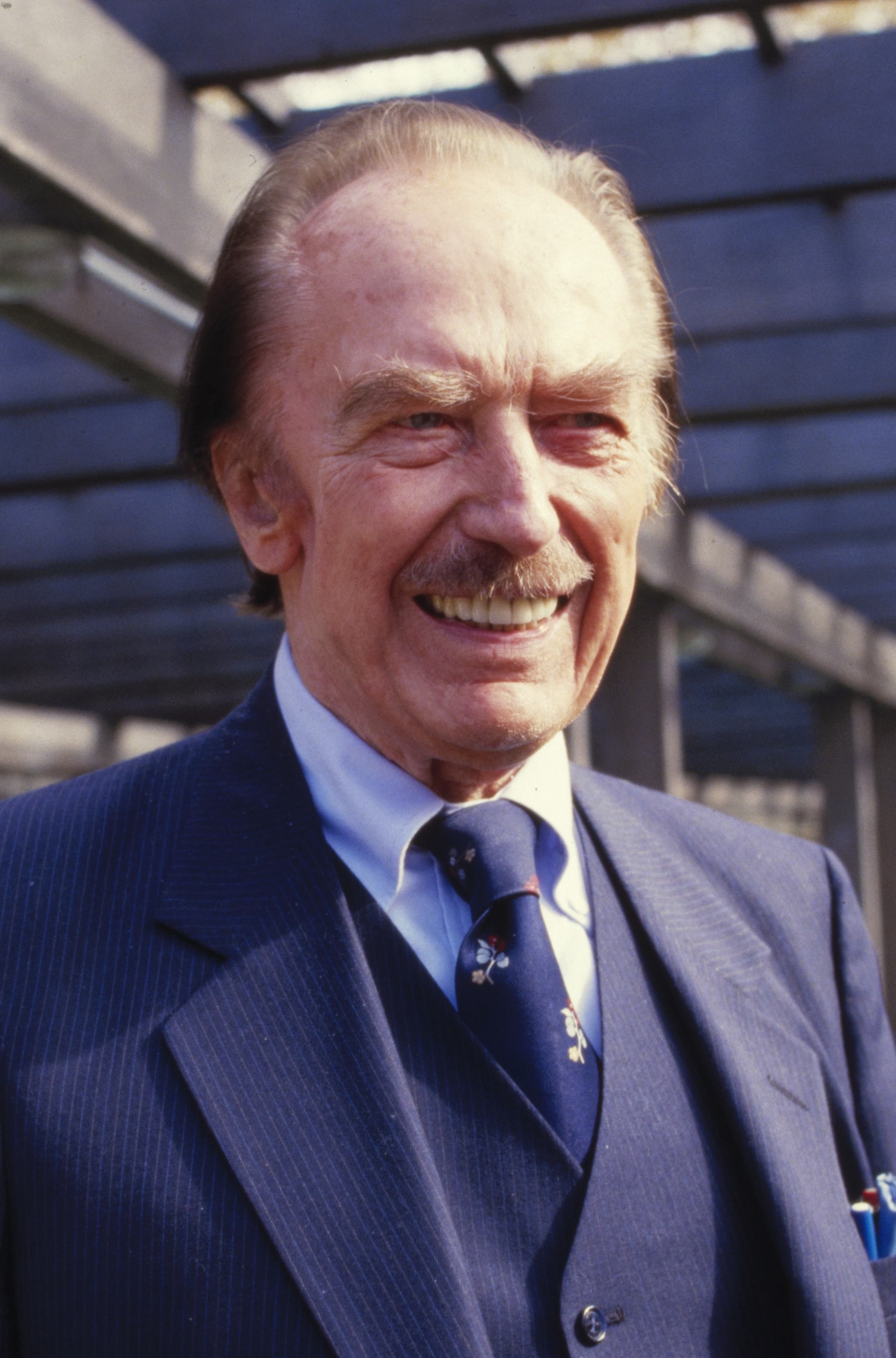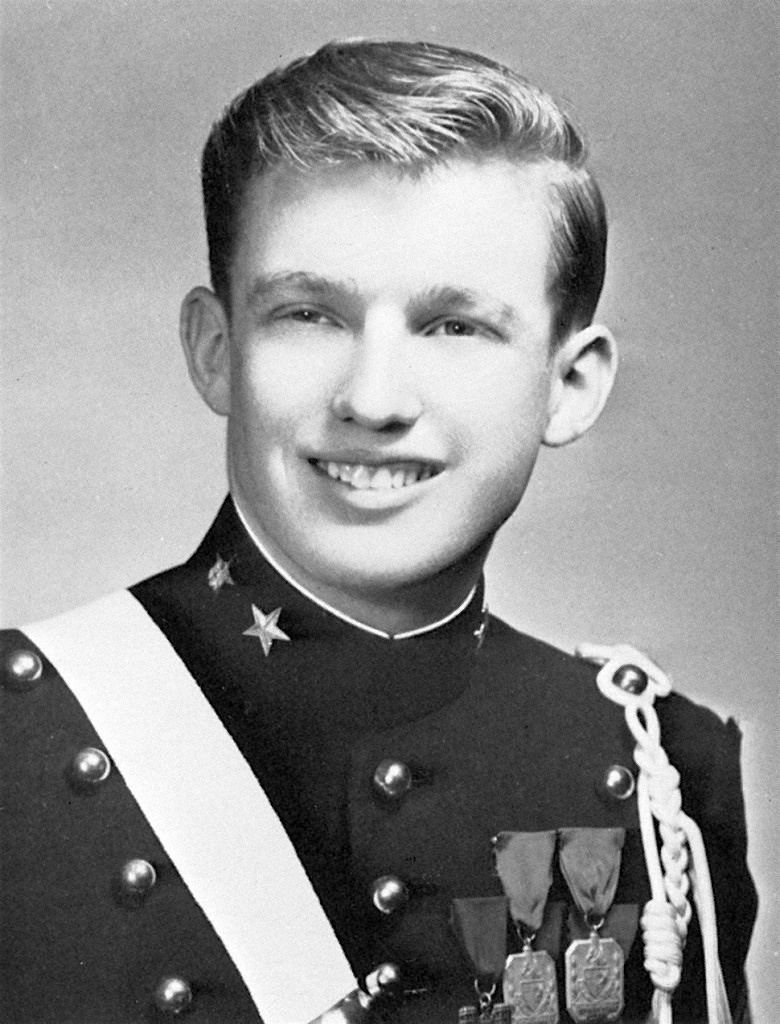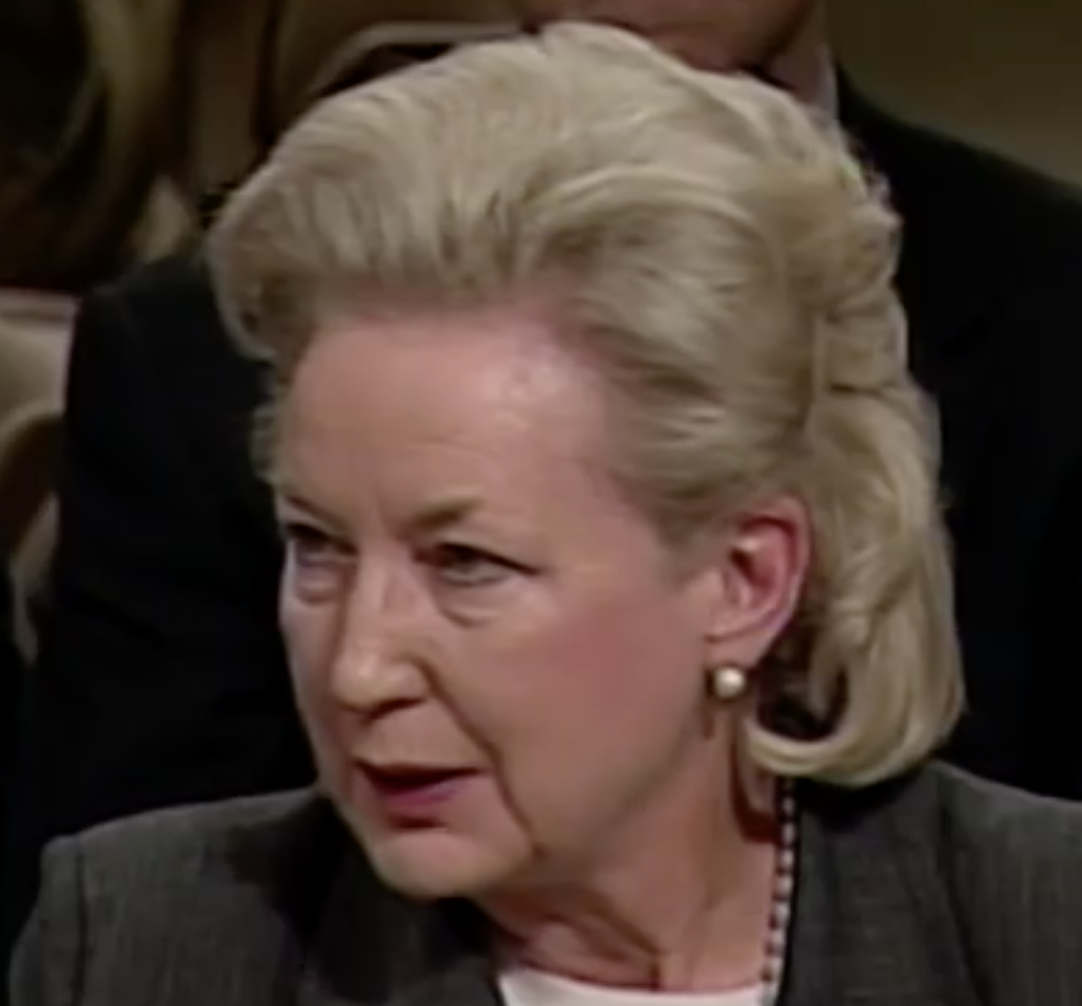1. Overview
Mary Anne MacLeod Trump (Màiri Anna Nic Leòid TrumpGaelic, May 10, 1912 - August 7, 2000) was a Scottish-American socialite and philanthropist, best known as the wife of real estate developer Fred Trump and the mother of five children, including Donald Trump, the 45th and 47th President of the United States. Born a native Scottish Gaelic-speaker on the Isle of Lewis, Scotland, she immigrated to the United States in 1930 and became a naturalized U.S. citizen in March 1942. Throughout her life in New York City, she was deeply involved in charitable activities, volunteering at hospitals and supporting organizations dedicated to improving the lives of individuals with disabilities. Her significant contributions to philanthropy left a lasting legacy, including a nursing home pavilion named in her honor.
2. Early life and Scottish background
Mary Anne MacLeod's early life was shaped by her upbringing in a traditional Scottish Gaelic-speaking household on the remote Isle of Lewis in the Outer Hebrides, a region marked by historical hardships and economic challenges.
2.1. Birth and family background
Mary Anne MacLeod was born on May 10, 1912, in the village of Tong on the Isle of Lewis, Scotland. She was the youngest of ten children born to Malcolm MacLeod (1866-1954) and Mary Ann MacLeod (née Smith; 1867-1963). Her family resided at 5 Tong, a farm that her father had owned since 1895. Her paternal grandparents were Alexander MacLeod and Anne MacLeod, while her maternal grandparents were Donald Smith and Mary MacAulay. These grandparents hailed from the areas of Vatisker and South Lochs, respectively.
2.2. Upbringing and education
MacLeod was raised in a household where Scottish Gaelic was the primary language. She learned English as her second language at school, attending until secondary school, where she was noted for her fluency. Her father, Malcolm MacLeod, supported his large family through various occupations, including working as a crofter, a fisherman, and a compulsory officer (truancy officer) at Mary Anne's school.
2.3. Socio-economic context
The Isle of Lewis and the broader Outer Hebrides region faced significant socio-economic challenges during MacLeod's youth. Some of her family's earlier generations had been forcibly removed from their land as part of the Highland Clearances, a period of forced displacement of inhabitants of the Scottish Highlands and Islands. This historical context contributed to severe economic hardship in the region. According to genealogical accounts, families in Mary Anne's village lived in "human wretchedness," with properties described by local historians as "indescribably filthy," as fertile land was often repurposed for sheep farming. Residents typically lived austere lives as fishers, farmers, and peat diggers. The outbreak of World War I further weakened the area's economy and significantly reduced the male population, as many men died at sea, a common fate for those dependent on fishing, including her maternal grandfather Donald Smith, who died at sea at age 34 when his sailing ship sank.
3. Immigration to the United States
Driven by economic necessity and the presence of family already established in the United States, Mary Anne MacLeod made the life-altering decision to immigrate, embarking on a journey that would lead her to a new life in New York and eventually to U.S. citizenship.
3.1. Decision to immigrate
Mary Anne MacLeod's decision to emigrate to the United States was influenced by several factors. Several of her siblings had already immigrated to the U.S. and established themselves there, providing a network of support. The economic conditions in Scotland, particularly the aftermath of the Highland Clearances and the devastating impact of World War I on the local economy and male population, made opportunities scarce in her homeland. She was among tens of thousands of young Scots who left for the U.S. or Canada during this period, seeking better prospects away from the poverty of their native land.
3.2. Journey and arrival
MacLeod may have first visited the United States for a short stay in December 1929. She was officially issued immigration visa number 2669191 at Glasgow on February 17, 1930. On May 2, 1930, just days before her 18th birthday, MacLeod departed Glasgow aboard the RMS Transylvania. She arrived in New York City on May 11, 1930, one day after her 18th birthday. Upon arrival, she declared her intention to become a U.S. citizen and to reside permanently in America. The alien passenger list of the Transylvania recorded her occupation as a domestic worker.
3.3. Early life and work in New York
Upon her arrival in the United States, Mary Anne MacLeod had only 50 USD (equivalent to 945 USD in 2024). She initially lived with her older sister, Christina Matheson, in Astoria, Queens, New York. For at least four years, she worked as a domestic servant. One of her jobs was reportedly as a nanny for a wealthy family in a New York suburb, but this position was eliminated due to the economic difficulties caused by the Great Depression. As a Scottish newspaper account in The National described it in 2016, she "started life in America as a dirt-poor servant escaping the even worse poverty of her native land." She returned to Scotland on the SS Cameronia on September 12, 1934, having obtained a U.S. Re-entry Permit, which was typically granted only to immigrants intending to stay and gain citizenship. By April 1935, she was recorded as living in New York in the 1940 U.S. Census.
3.4. Naturalization
Although the 1940 census form filed by Mary Anne and her husband, Fred Trump, stated that she was a naturalized citizen, she did not officially become one until March 10, 1942. Despite this discrepancy, there is no evidence that she violated any immigration laws prior to her naturalization, as she frequently traveled internationally and was always able to re-enter the U.S. Throughout her life, MacLeod often returned to her home area in Scotland and spoke Scottish Gaelic during her visits.
4. Marriage, family, and activities
Mary Anne MacLeod's life in the United States was largely defined by her marriage to Fred Trump, their family life raising five children, and her dedicated involvement in various philanthropic and social activities.

4.1. Meeting and marriage to Fred Trump
In the mid-1930s, while living with her sister in Queens, Mary Anne MacLeod met Fred Trump at a party. Fred Trump was already an established property developer and builder at the time. During a subsequent visit to Scotland, she informed her family that she had met her future husband. Mary Anne and Fred Trump were married at the Madison Avenue Presbyterian Church on the Upper East Side of Manhattan on January 11, 1936. The ceremony was officiated by George Arthur Buttrick. A wedding reception for 25 guests was held at the Carlyle Hotel in Manhattan, and the couple honeymooned in Atlantic City, New Jersey.
4.2. Children
Mary Anne MacLeod Trump gave birth to five children with Fred Trump. Their first child, Maryanne Trump Barry, was born on April 5, 1937, and passed away in 2023. She was followed by Fred Trump Jr. (1938-1981), Elizabeth Trump Grau (born 1942), Donald Trump (born 1946), and Robert Trump (1948-2020). The birth of her youngest son, Robert, led to an emergency hysterectomy, which Mary Anne barely survived. Tragically, her oldest son, Fred C. Trump Jr., died in 1981 due to complications from alcoholism.


4.3. Family life and religious upbringing
The Trump family initially resided in Jamaica, Queens, and later moved to Jamaica Estates. At first, Mary Anne and Fred lived in the house of Fred's mother, Elizabeth Christ Trump. By 1940, the couple had become upwardly mobile and established their own household, which included a Scottish domestic servant. Although Mary Anne was primarily a homemaker, she also assisted her husband with his real estate business, reportedly collecting coins from laundry machines in apartment buildings owned by the family. This activity was also attributed to Fred Trump's mother and later claimed by Donald Trump himself.
Mary Anne MacLeod Trump raised her children in the Presbyterian faith, reflecting her own upbringing. On January 20, 2017, her son Donald Trump took his inaugural oath of office as U.S. President using a copy of the Revised Standard Version Bible that his mother had given him in 1955 when he graduated from Presbyterian Sunday school. Mary Anne drove a Rolls-Royce that featured the vanity plates "MMT," representing her initials, Mary MacLeod Trump. As a parent, she was noted as being more reserved than her husband, with friends of the children observing fewer interactions with her compared to Fred. Physically, MacLeod was slight of build, but she was known for her elaborate hairstyle, which was once described as a "dynamic orange swirl," a style that her son Donald would later become known for.
5. Later life and death
The final decades of Mary Anne MacLeod Trump's life were marked by health challenges, a traumatic criminal incident, and the passing of her husband, before her own death in 2000.
5.1. Health issues and mugging
As she aged, Mary Anne MacLeod Trump suffered from severe osteoporosis. On October 31, 1991, at the age of 79, she was mugged while shopping on Union Turnpike in Long Island, near her home. She resisted the assailant's attempt to steal her purse, which contained 14 USD, and was subsequently knocked to the ground and beaten. The attack resulted in severe injuries, including broken ribs, facial bruises, several fractures, a brain hemorrhage, and permanent damage to her sight and hearing. A bread-truck driver named Lawrence Herbert apprehended her 16-year-old assailant. For his heroic act, Herbert was later rewarded by Donald Trump with a check that prevented him from losing his home to foreclosure. The assailant subsequently pleaded guilty to robbery and assault charges and was sentenced to three to nine years in prison.
5.2. Husband's death
Mary Anne's husband, Fred Trump, passed away at the age of 93 on June 25, 1999, after falling ill with pneumonia.
5.3. Death and funeral
Mary Anne MacLeod Trump died one year after her husband, on August 7, 2000, at the Long Island Jewish Medical Center in New Hyde Park, New York, at the age of 88. Funeral services were held at the Marble Collegiate Church in Manhattan. She was laid to rest alongside her husband, Fred Trump, and their son, Fred C. Trump Jr., at Lutheran All Faiths Cemetery in Middle Village, Queens. Her death notice in the Stornoway Gazette, her hometown newspaper in Scotland, read: "Peacefully in New York on 7th August, Mary Ann - Trump, aged 88 years. Daughter of the late Malcolm and Mary MacLeod, 5 Tong. Much missed."
6. Legacy and commemoration
Mary Anne MacLeod Trump's legacy is primarily defined by her extensive philanthropic contributions and her role in the community, which continue to be recognized and commemorated.
6.1. Philanthropic legacy
Mary Anne MacLeod Trump's commitment to charitable causes is a significant part of her legacy. Her long-standing volunteer work and the family's donations led to the naming of the Trump Pavilion at Jamaica Hospital Medical Center in her honor. This 228-bed nursing home pavilion serves as a lasting testament to her dedication to community betterment and support for medical facilities. Her contributions to various charities, particularly those aiding individuals with disabilities and promoting community welfare, underscore her lasting impact as a philanthropist.